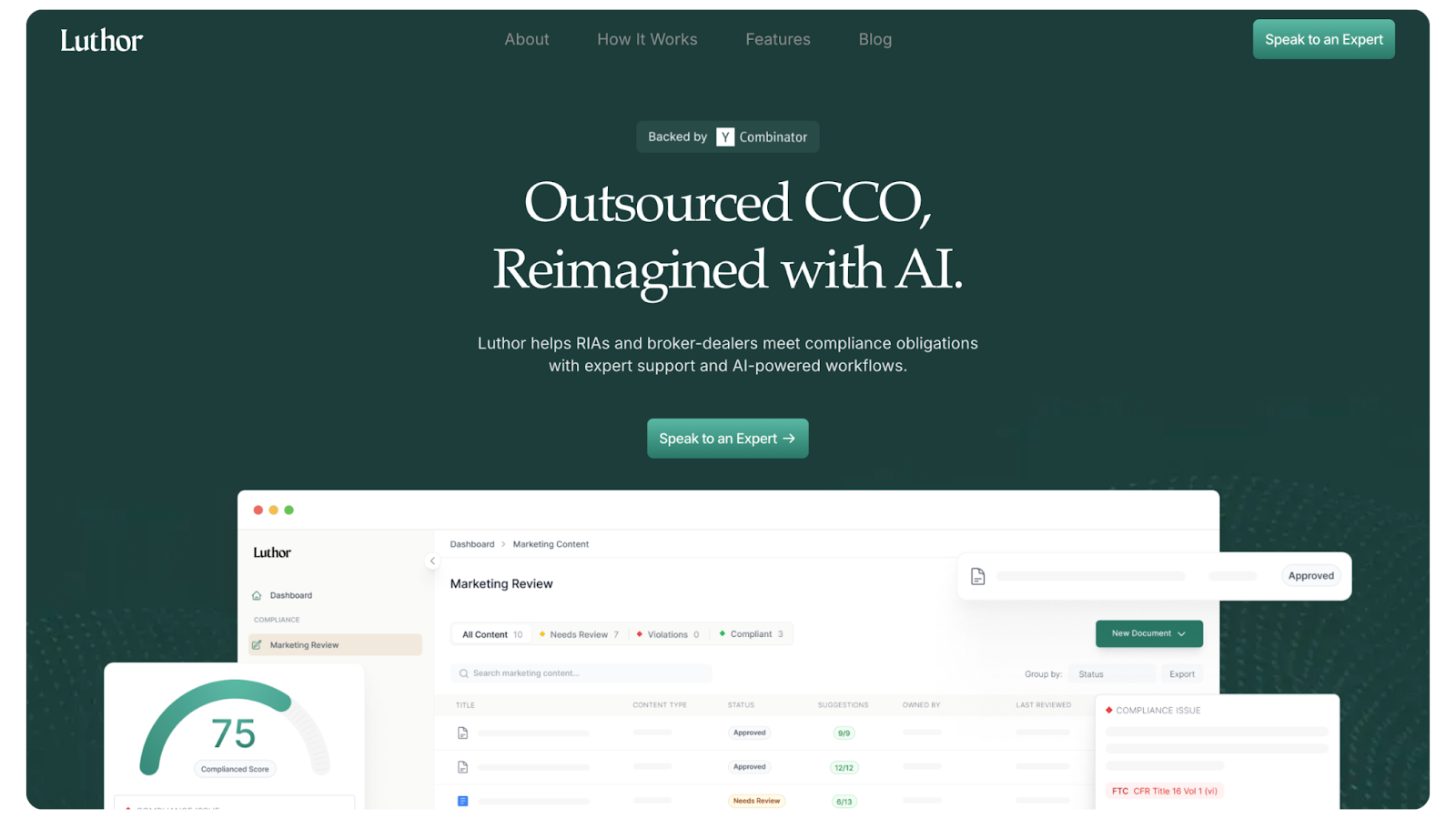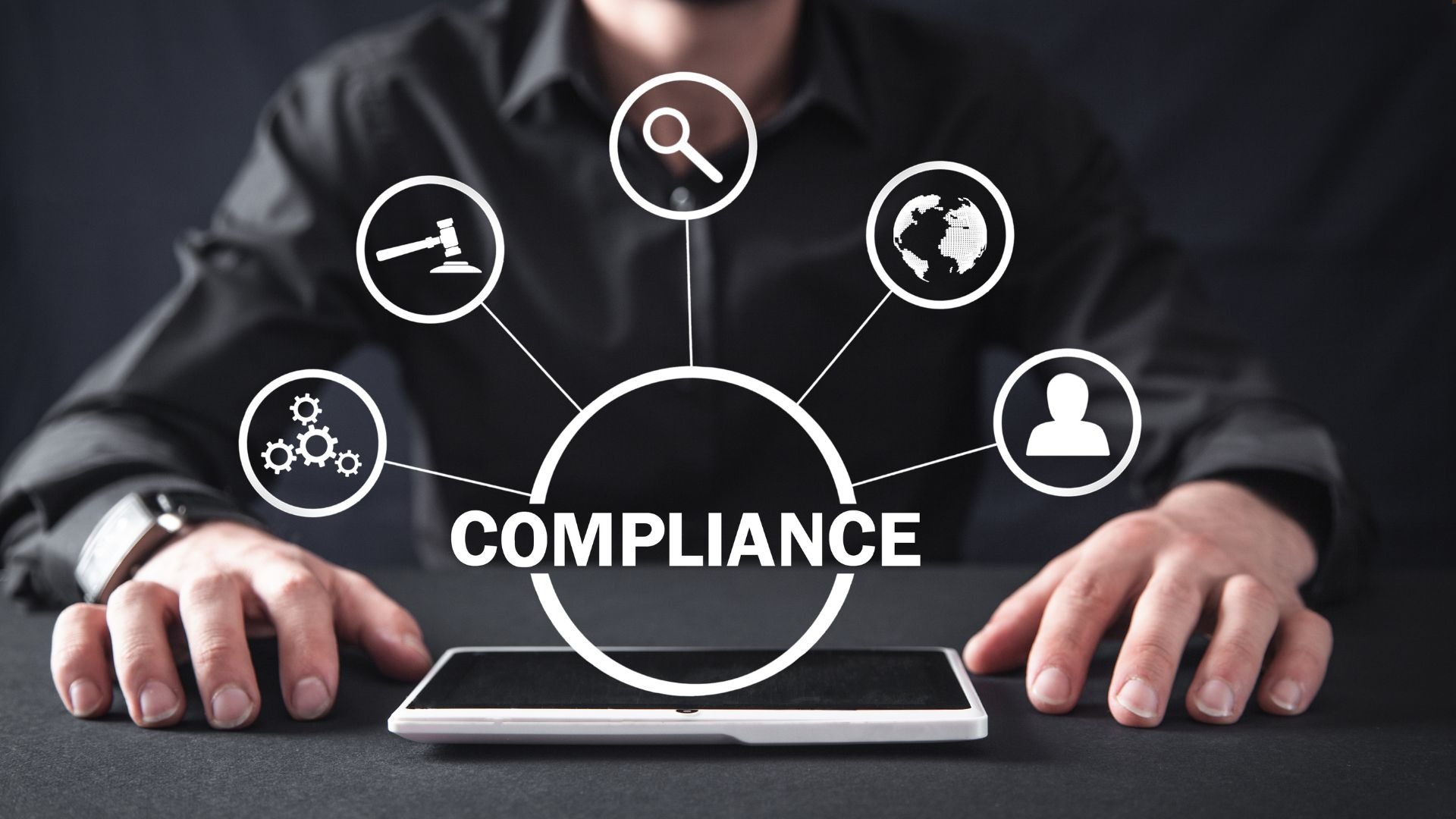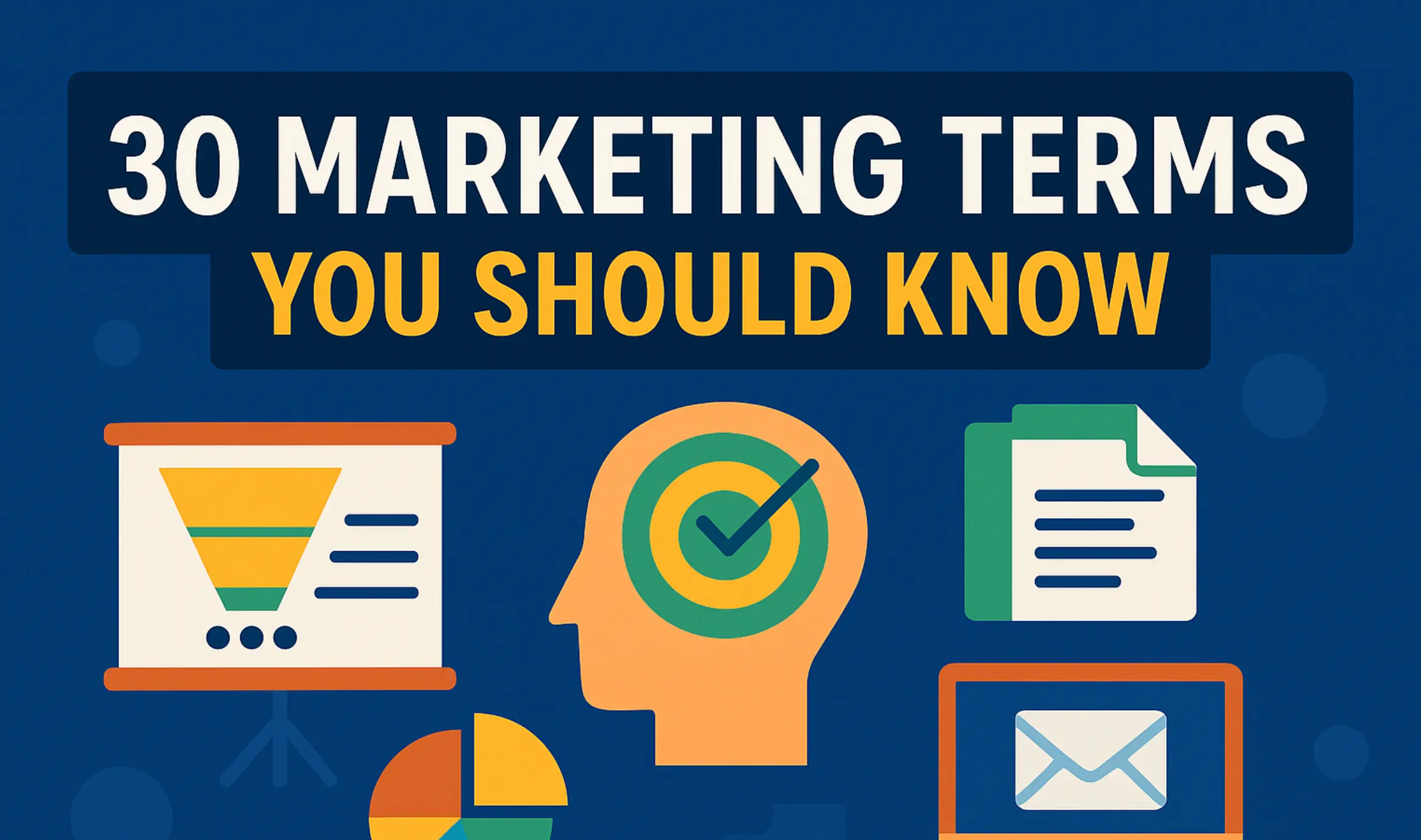Modernizing Compliance Strategy: How Technology Drives Business Success
Updated on
Published on

For today's quickly paced business landscape, one complies with regulation not only by strategy. Tougher rules, risks, and greater stakeholder review require firms to comply more fully with rules. These organizations can be more agile using compliance technology. They can reduce risks and gain a competitive advantage.
This article explores how embracing compliance technology is shaping business strategies and how organizations can leverage software that simplifies regulatory compliance to thrive.

The New Era of Compliance: From Burden to Business Enabler
Increased regulation has led to a rapid increase in the number of compliance requirements associated with digitization, including requirements related to data privacy and protection, financial regulations, anti-money laundering, and regulations specific to each type of economic activity. Because these are not simply internal back-office requirements, compliance becomes about the image and resilience of the business itself.
Modern compliance technology enables companies to move from a reactive stance to a more proactive type of risk management and governance. It automates, streamlines, and centralizes workflows through embedding regulation. Regulation is in business-as-usual processes. This enables real-time visibility. It also allows audit-readiness. It equips companies to identify issues and monitor risks throughout the entire risk, compliance, and audit landscape more efficiently.
Key Trends Shaping Compliance Technology
Multiple broad trends are now driving forward the rapid evolution of compliance technology.
AI-Driven Governance
Artificial intelligence increasingly helps manage regulatory complexity, score risk, predict outcomes, and automate compliance tasks.
This helps reduce human error and free up resources for more planned tasks.
Integrated Compliance Platforms
Holistic platforms now replace siloed solutions; they support complete compliance management via one interface for policy, training, reporting, and risk.
Real-Time Intelligence and Automation
Along with automated alerts plus task assignments and reminders, real-time alerts on changes to regulations, sanctions lists, and critical news help organizations stay current and on track without more oversight.
Cloud and API Enablement
Cloud-based compliance solutions are able to be highly scalable and customizable by using API (application programming interface) to meet the different needs of industries and countries.
Focus on Data Privacy and Ethics
As privacy regulations evolve globally, standards of data protection and ethical governance frameworks are becoming increasingly integrated into compliance technology.
Optimizing Business Strategy with Compliance Technology
Integrating advanced compliance software into your business strategy yields multiple benefits that extend beyond regulatory adherence:
- Enhanced Risk Management: Automated monitoring and analytics provide timely insights, reducing exposure to regulatory fines and reputational damage.
- Cost Efficiency and Productivity: Streamlined workflows and fewer manual processes reduce operational costs and improve staff productivity.
- Competitive Differentiation: Demonstrated compliance resilience builds stakeholder confidence, supporting customer acquisition and retention.
- Support for Innovation: Technology-enabled compliance frameworks facilitate the adoption of emerging technologies with appropriate safeguards.
Marketing Campaigns and Economic Impact of Compliance Technology
The reach of compliance technology is not limited to a company's operations. It can differentiate a company in the marketplace by showing its commitment to governance, building brand value in an economy where compliance and regulation are gaining importance.
At a macro level, streamlined compliance processes may enable companies to respond more quickly to changes in law and reduce barriers to entry.
In contexts requiring particularly elevated trust, integrity, accountability, and visionary leadership from leaders, transparent tech compliance has been identified as a key leadership tool.
Strong compliance environments have also been shown to produce increased innovation and investment in these economies, for which transparent tech compliance technology is fundamental.

How to Choose the Right Compliance Technology
Selecting the appropriate compliance technology requires alignment with your organization’s regulatory landscape and operational needs. Key considerations include:
- Coverage of Relevant Regulations: Ensure the software supports the specific frameworks and standards pertinent to your industry and jurisdiction.
- Real-Time Updates and Automation: Choose tools offering up-to-date regulatory intelligence and automated task management to maintain continuous compliance.
- Integration Capabilities: Cloud-based solutions with robust APIs facilitate seamless integration with existing business systems.
- Scalability and User Experience: Opt for platforms that accommodate growth and have intuitive interfaces for easier adoption.
- Security and Certifications: The software should comply with industry security standards, such as ISO 27001 and SOC 2.
Harnessing Software That Simplifies Regulatory Compliance
One of the best and most cost-effective investments organizations can make today is software that helps with regulatory compliance by automating compliance processes, consolidating compliance information, and providing dashboards for tracking compliance progress.
This reduces the amount of administrative work and helps compliance and business leaders to focus on calculated priorities.
The success of these systems will depend on ease of use and customization, with one prominent example being Luthor.ai, which represents the ideal compliance technology through its user-friendly features that help businesses adapt to changing regulations while supporting growth and providing smooth regulatory processes.
Conclusion
Achieving compliance requirements in a highly complex and highly regulated environment cannot be sufficiently managed through manual diligence alone.
Technology places compliance at the forefront of business.
When organizations are informed of the trends, make smart technology purchases, and can incorporate the next generation compliance software, a successful regtech and growth story can unfold.
Investing in compliance technology now will help create a trusted, resilient business ready for growth in the future economy.







